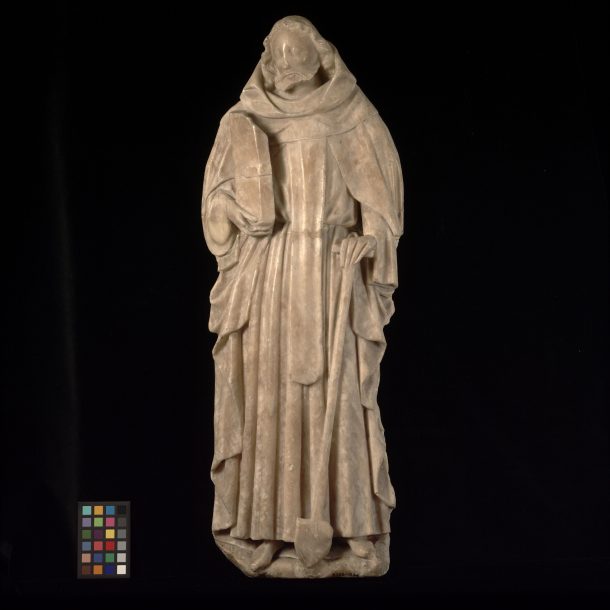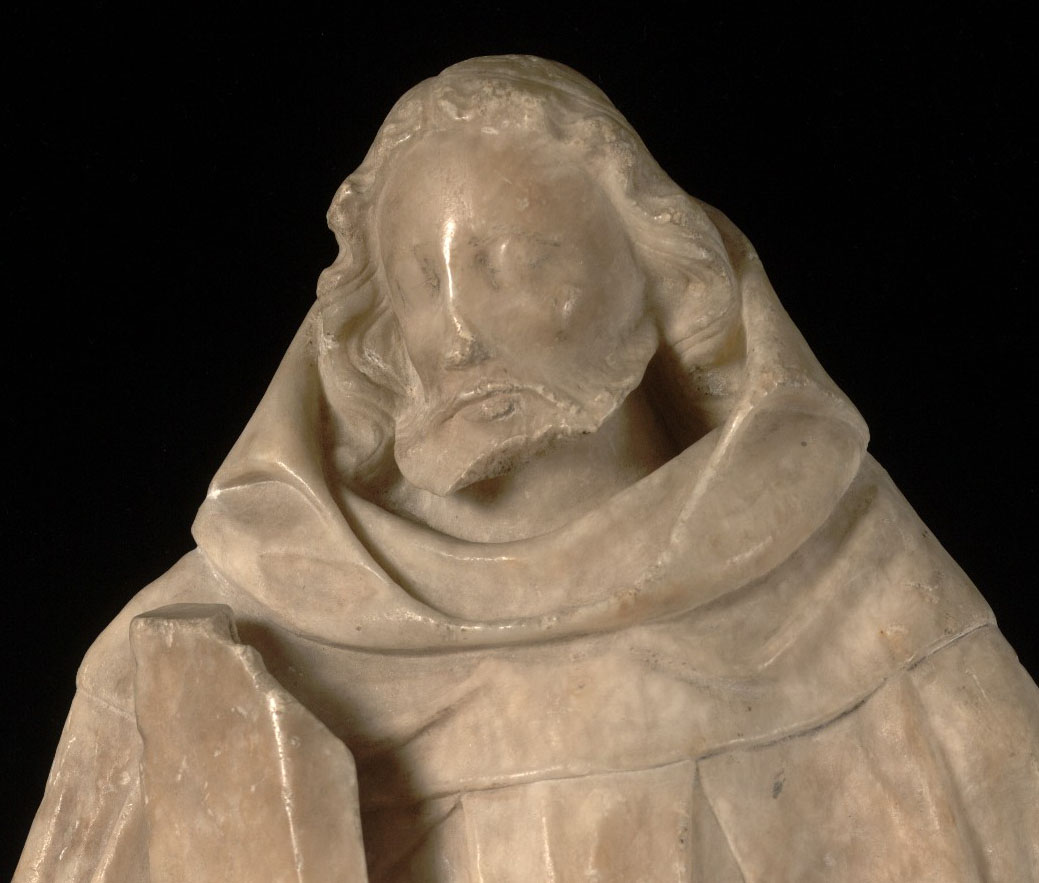Today marks the feast of Saint Fiacre (d.670). This semi-mythical 7th century Irish saint was a sort of nurse-cum-hermit who would tend to the ailments of all who visited his oratory so long as they met one condition: that they were a man. Women were cautioned to stay away from his retreat on pain of bodily infirmity. This prejudice supposedly stemmed from his first miracle upon arriving north-east France. Saint Faro, bishop of Meaux, had promised him as much land as he could clear and plough in a day. Fiacre is said to have marked out his new little domain by dragging his spade behind him, causing furrows to sink and trees to leap out of the ground within its boundary. Though widely hailed as a miracle, a local woman accused him of witchcraft, to which Fiacre took offence. Clearly preferring the trusted Old Testament approach of collective punishment, ladies were subsequently banned from his precincts, regardless of their social status. Despite his very unsaintly attitude to 51% of the human population, Fiacre has been venerated in the cathedral of Meaux for well over a millennium.
Nothing is known of St Fiacre’s early life. He was supposedly from Kilkenny, where he’d also lived as a hermit. He fled his Hibernian homeland when he could no longer suffer the crowds of tiresome poor, sick and desperate people coming to ask him for help. He went to France, where he met the aforementioned St. Faro, and lived out the remainder of his life praying, apologising for his sins, growing medicinal plants and occasionally healing visitors. He couldn’t avoid the crowds for long, and the acolytes who came to learn from/gawp at him in Brie would formalise into a regular community.
Fiacre is the patron saint of assorted things such as venereal disease (probably due to his aversion to women, or perhaps his ability to plough a saintly furrow, if you know what I mean), hosiers (no clue about that one), gardeners, taxi drivers (he has a type of carriage named after him) and haemorrhoids. His patronage of the latter affliction, which was known in the middle ages as ‘St. Fiacre’s figs’, derives from a story in which Fiacre is said to have sat on a stone which became miraculously soft when touched by his saintly bot-bot. I for one will never think of a fig in the same way.

This alabaster statuette shows Fiacre in the garb of a hermit, clutching his trusty spade. Depictions of Saint Fiacre are rare in English alabasters, which makes this object rather special. Sculpting in alabaster was an English speciality of the 14th and 15th centuries. Despite the sweet clarity and beautiful colour of the off-white material, this statue would have originally been brightly painted.

Very interesting and fun. Thanks 😊
The hosier part refers knitted caps and to the Paris Guild.